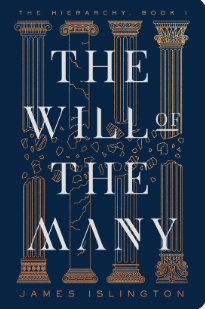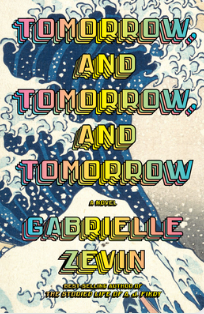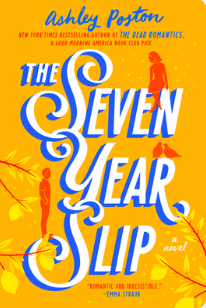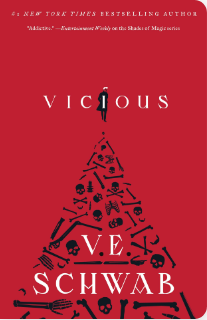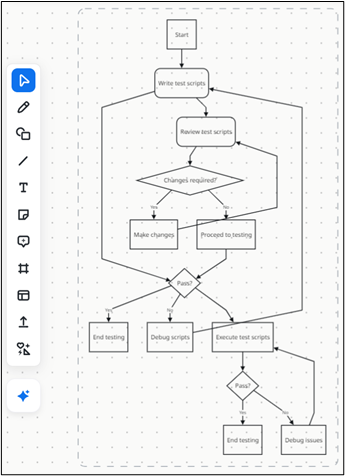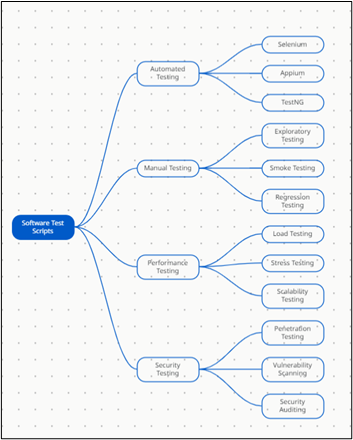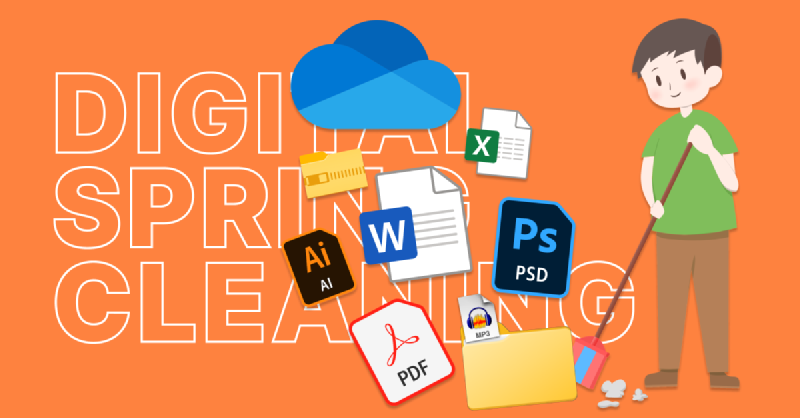I’m an economist. You’re an economist. We’re all economists!!!

No, this isn’t a take on Oprah. There are no monetary giveaways here. Or are there? When someone says “economy”, I’m willing to bet more than 75% of the population thinks of one or more of the following:
- The stock market/Wall Street
- Gas/oil prices
- Interest rates
- 2008 global recession (maybe?)
While those are all major players in the economy, you don’t have to be a day-trader, or energy guru, or work in finance to be an economist.
You may be thinking, “Well Paul, I’m a doctor. I’m an engineer, or I’m a project manager, so surely, I am not an economist!”
I’m here to change your mind. We are all economists. We apply economics every day without second thought. Here’s how that works:
It’s 10pm, and you’re deciding whether to wake up at 5am to go to the gym, or sleep in until 6:30am. To gym or not to gym? If you wake up at 5 and head to the gym, you’ve made the decision that working out is more important to you than the extra 90 minutes of sleep, and vice versa.
Next is breakfast. Do I skip it and just go with coffee, or do I go for a breakfast sandwich, or go with a yogurt?
Throughout the day you continue to make decision after decision which hopefully provides you with some benefit. In economics, this is called “utilization”. It’s the idea that you make rational choices based on what will bring you the most benefit, satisfaction, and maybe even happiness.
The counterpart to that decision is called opportunity cost. In the example above, the opportunity cost of going to the gym at 5am is not getting an extra 90 minutes of sleep. It is the next best alternative to your decision that you don’t get to do.
Writing this blog right now has opportunity costs. I could be focusing on a project I’m on, or working toward renewing my PMI credentials, but I’ve chosen to write this blog at this very moment instead.
Each decision we make also has downstream effects on everyone else. Say after the gym I choose to head to the local bagel shop and purchase a delicious breakfast sandwich. I’m not only taking time to drive there, but I’m also voluntarily handing over my hard-earned money to buy the sandwich. By doing so I am contributing to the bagel shops financial stability to remain open and provide other customers with bagels, coffee, muffins, and so on. Because of this mutual, and beneficial exchange (my money for their bagels), I gain satisfaction and happiness by enjoying a yummy breakfast sandwich, while the employees of the bagel shop are paid and remain employed.
On the other hand, if most people decided to go elsewhere for breakfast, the bagel shop would likely go out of business, or may need to let go of some employees. If the shop does go out of business, loyal patrons would no longer be able to enjoy their favorite breakfast sandwich or bagels.
Let’s continue with this scenario. The bagel shop goes under and now 10 people are out of a job. Those 10 seek unemployment benefits from the state. They also struggle to pay their bills, can’t buy enough food for them or their families and end on a poor diet. That poor diet leads to diabetes, or high blood pressure, and increased risk of stroke. One of them ends up in the emergency room because of a stroke and oh, by the way, they have bad health insurance. So now the providers who care for the patient aren’t fully reimbursed for their services, so they fight the insurance companies for better reimbursement rates, which then falls back on us during open enrollment where our insurance premiums go up $150 per paycheck, and now we’re taking less money home each pay period, which results in us not being able to have the luxury of heading to our favorite bagel shop because we no longer can afford it.
ECONOMICS IN A NUTSHELL!
There are 4 economic principles covered in that whirlwind scenario. First, there is no such thing as a free lunch. When you take the time to do one thing, you give up the opportunity to do something else (opportunity cost). That is time you will never get back. It’s like going to the movie theater and watching an awful movie. Or maybe even reading this blog.
Second, there are at least 2 sides to every interaction. Paying for a bagel provides satisfaction and eliminates and empty stomach while the employees of the bagel shop receive paychecks and the ability to use that money on things they want or need.
Third, the law of unanticipated influences, better known as the “butterfly effect”. How was I to know by no longer buying breakfast at the bagel shop it would lead to higher insurance premiums for me?
Finally, the law of unintended consequences. How was I to know that not buying from the bagel shop would lead to one of their employees getting sick? That was not my intention at all!
I could go on. I tend to geek out about economics, but here are the takeaways:
- You apply economics with every decision you make throughout the day, with the hope that each decision provides some benefit or utility to you.
- Economics is not just about the stock market, oil prices or interest rates, but rather the sum of all our decisions that directly or indirectly impact the stock market, oil prices, and interest rates (if we don’t purchase Apple products, their stock is going to tank, and less people will invest and lose lots of money).
- Everything you do impacts the economy. If you eat healthy, exercise almost daily, and get plenty of sleep, you’re likely staying out of the hospital, which helps lower health system costs. If you smoke or drink excessively, chances are you may develop chronic diseases which taxes our health system by having others pay into the cost to cover your care.
Whether or not you believe me, you and I are economists, and our decisions effect everything around us.

